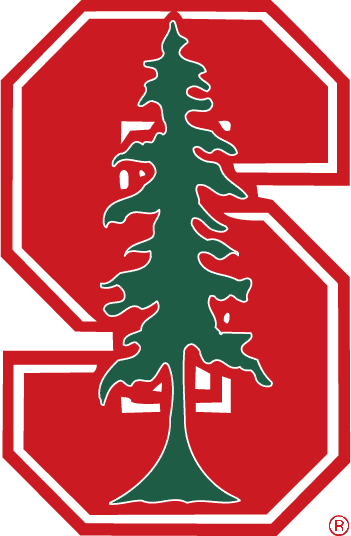Student-created Molecular Simulations that Model and Visualize Molecular Motion
Web link opens in a new tab; file link initiates download.
The Markland research group at Stanford University develops simulation approaches to modelling chemical systems. When experimental techniques are insufficient for observing atomic-level phenomena, scientists use advanced computer simulations to model complex systems. As the advancement of processing power continues its exponential increase, molecular simulations are becoming increasingly relevant to scientific progress. This activity lets students create a realistic atomic simulation, allowing students to “see” a visualization of molecules interacting. In this particular exercise, students create a system, define initial conditions, and simulate molecular motion. Using programs OpenMM and Visual Molecular Dynamics (VMD), students can change initial conditions in their simulations and observe the effect of those changes on an atomic scale. While using OpenMM requires some knowledge of the Python programming language, the resources provided in this lesson are designed so that Python experience is not required for students or teachers. Lesson includes an implementation guide for teachers, handouts for students, and online resources for downloading software.

